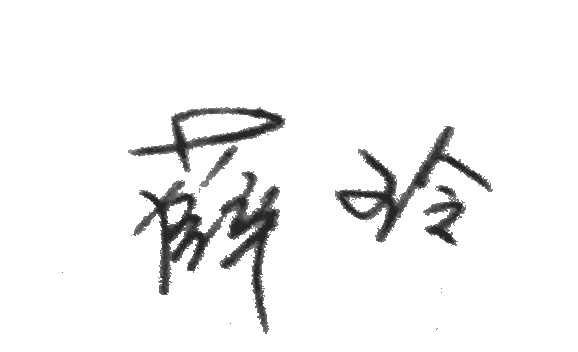I.The Basic Information of the Course
Course Number:202012420018
English name of the course:Branching theory and its application
Chinese name of the course:分支理论及其应用
In-classHours andAllocation:the total number of in-class hours is32, including26hours for lectures,and 6hours fordiscussion.
Credit(s):2
Semester:the second semester
AppliedDiscipline(Professional Degree Category):Science andEngineeringDiscipline
CourseObjectOriented:Academicmaster and doctoral students
EvaluationMode:Sample:project report and presentation
TeachingMethod:Teachingin English and Chinese
CourseOpening Department:
II.Prerequisite Course
Mathematical analysis, Advanced algebra, Functional analysis, Ordinary differential equation
III. The Objectives and Requirements of the Course
se of this course is to enable students tounderstandthe basic theories andapproachofbifurcation analysis, enhance their abilitiesof abstract thinking and logical thinking,so that they know how to solveproblemsindependently.
2) Toincreasestudents'abilityofapplyingbifurcationtheoryand methods to modern mathematics and its engineering techniques.
3) To enable students to apply the basic theory and method ofbifurcationtheory to solve the problem of existence and stability of solutions of differential dynamical systems with practical application background.
4)Students will acquire the ability to search and read the literature related to the research problem independently. For the concepts and theories not understood in the literature, they should be able to find the right sources andsolve the problemsby themselves.
IV. The Content of the Course
Bifurcation theory originated from the study on the phenomenon of losing stability in the field of astromechanics, mechanics of elasticity, fluid dynamics and nonlinear vibration. In 1970s, the theory and approach of bifurcation analysis was brought out with the development of dynamical systems, nonlinear analysis, and nonlinear differential equations, as well as the progress in computer sciences. Later bifurcation theory was widely applied to the field of biology, ecology, physics, mechanics, chemistry, numerical calculation, control engineering, economics, and social sciences. Currently, the development of bifurcation theory and applications is rapid and deep.
This course starts from the introduction of theories on dynamical systems, focusing on the analysis of bifurcations. The first six courses focuses on the basic concepts and theorems to prepare for the further study of bifurcation theory. Afterwards, we analyze different types of bifurcations. The contents are as follows.
Chapter 1 Dynamical systems
1.1Uncoupled linear system
1.2Diagonalization
1.3Exponentials od operators
1.4The fundamental theory for linear systems
1.5Jordan forms
Chapter 2 Nonlinear systems: Local Theory
2.1 Some preliminary concepts and definitions
2.2 The fundamental existence-uniqueness theory
2.3 Saddles, nodes, foci and centers
2.4The flow defined by adifferential equations
2.5 Center manifold theorem for nonlinear systems
Chapter 3 Nonlinear systems: Global Theory
3.1.Limit sets and attractors
3.2 The Poncare map
3.3 Hamilton systems with two degrees of freedom
3.4 Bendixson’s criteria
Chapter 4 Bifurcation theory
4.1 Bifurcation theorem of pitchfork
4.2 Genrealized Horf bifurcation
4.3 Bifurcation of multiple limit cycles
4.4homoclinic and Heteroclinic bifurcation
4.5 Poncare bifurcation
4.6 Takens-Bogdanovbifurcation
4.7 Melnikov method
4.8 Turing bifurcation
Examples forideological and political education
Using the predator-prey system as an example, the related concepts of bifurcation are introduced. When explaining the related introduction of bifurcation, the issues onecological balance are taken asan exampleto encourage students toapply the theories to solve the real world problems, inspire students' creativity,so that they deeply understand the importance of protectingecological balanceto assuresustainable development.
Take malaria infectious diseases as an example, the Hopf bifurcation is introduced.
When explaining Hopf bifurcation, the bifurcation analysis of Malaria and infectious diseases is introduced to remind the students to care about their health and realize that only good health helps promote the sustainable development of the society, better serve the people and make contributions to the country.
V. Reference Books, Reference Literatures, and Reference Materials
Text Books
1. L. Perko, Differential Equations and Dynamical Systems(third Edition).Springer,2000.
2. M. Han Maoan. Bifurcation theory of limit cycles. Science Press,2013.
3.Jinyan Zhang,Beiye Feng. Geometry theory forOrdinary differential equation and bifurcation problems. Being University Press,2000
Syllabus disigner (Signature):
Signature of the associate dean in charge of teaching:
Date:July 3, 2020